Together with food, two types of iron enter the human body: heme and non-heme. What are these elements and what significance do they have for the body - one of the most frequently asked questions. It remains to figure out what these types of iron are and what is the difference between heme and non-heme iron. What foods do this substance contain?
Features of heme iron
An important characteristic of both the first and second categories of iron is absorption. This process occurs due to specialized receptors. According to studies, only 20% of heme iron is absorbed. An important factor is also the fact that other components of food do not affect this indicator in any way, do not reduce or increase it. You can often hear the question of which foods contain iron. But it is also important to know which foods help the element digest, and which vice versa.
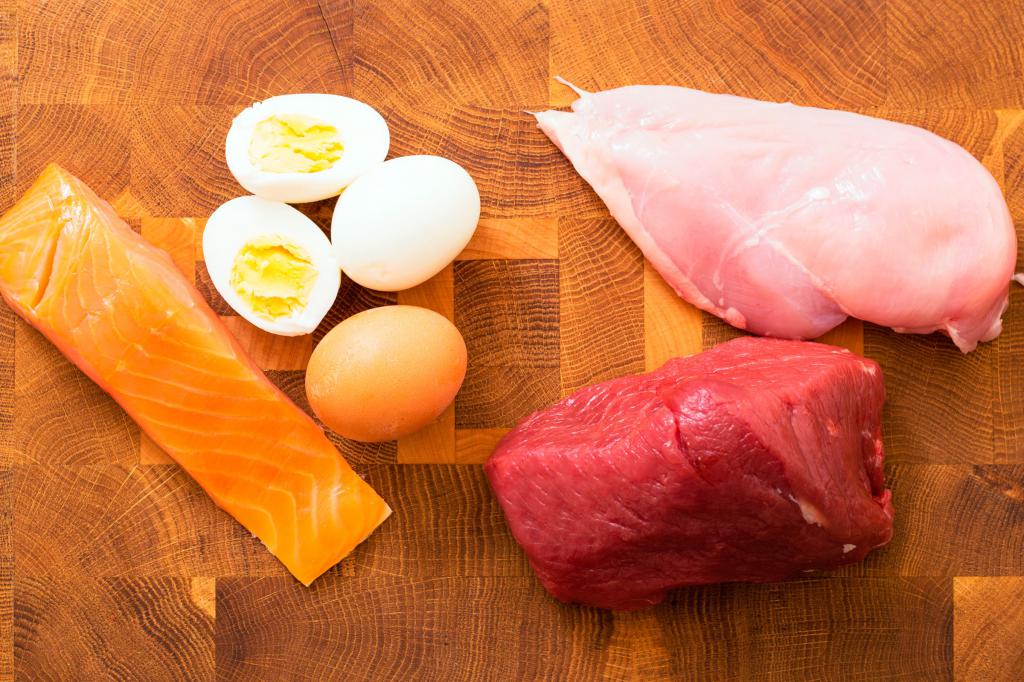
Non-haem iron
This element is found in plant foods. And unlike the first category, many factors influence the absorption of non-heme iron. Starting with the concentration of iron salts and a set of foods, ending with the pH level and taking certain medications. These external factors can interfere and contribute to the absorption of iron. To do this, you need to change its form from trivalent to divalent. This can be done through the inclusion in the diet of certain foods that must be ingested in tandem with those that contain heme iron. For this reason, there are no specific figures for iron absorption.
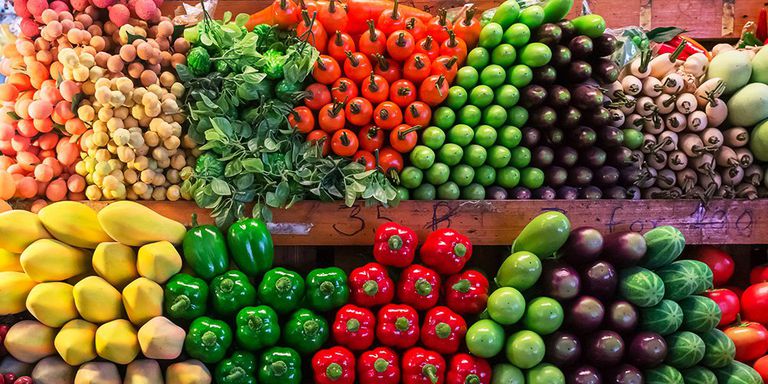
What affects the body's absorption of iron?
In fact, there are many factors. To make it easier, they can be divided into two large categories: external and internal. The first category includes those factors that affect the body's absorption of iron from the outside. This is primarily food that enters our stomach along with foods that are rich in iron. Internal factors can be directly regulated by the body and positively or negatively affect the absorption of heme iron.
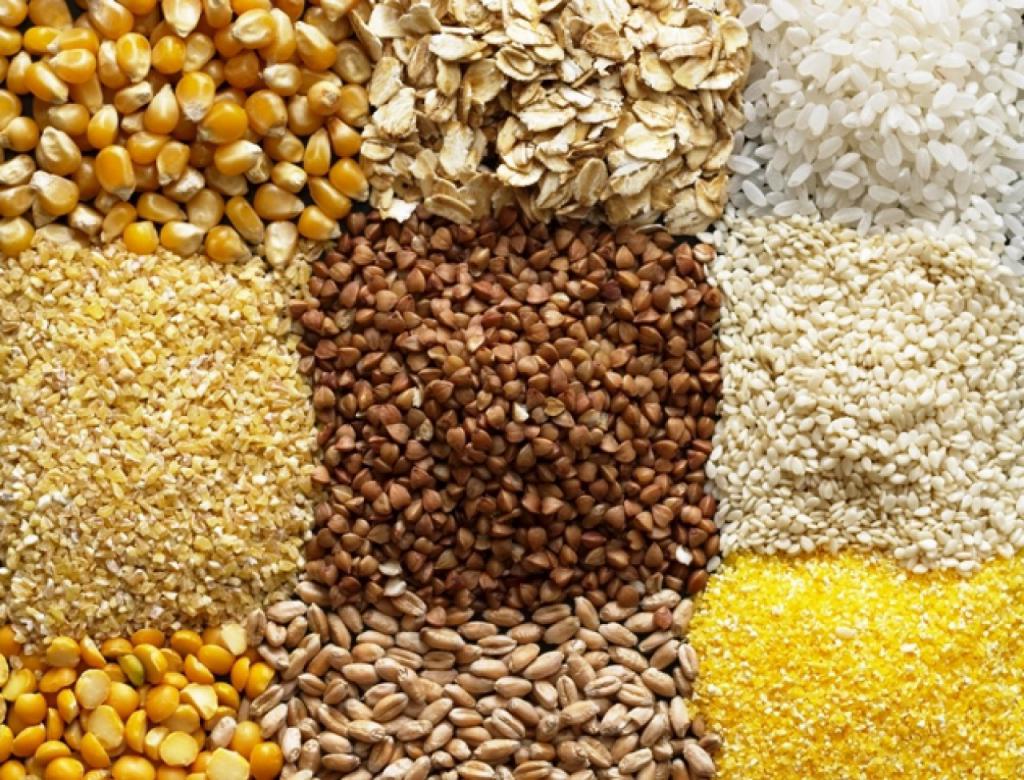
What helps the body absorb iron?
As mentioned above, there are certain assistant products, one of the functions of which is the absorption of iron. In order for iron from the trivalent form to become divalent, the following products should be added to the diet:
- Nuts such as almonds, peanuts, also any citrus fruits, green apples and vegetables, cereals and legumes, mushrooms, various berries, as well as beets, pumpkins and greens. These products are rich in elements such as copper, zinc, molybdenum, manganese, cobalt - they contribute to the absorption of iron.
- Nowhere without B vitamins, especially folic acid. Ascorbic acid will also be a good helper. Take a look at products such as seeds, nuts, green vegetables, sour berries, oranges, grapefruits, lemon, and legumes. This works as follows, for example, in spinach, the digestibility of iron is about 2%, which is negligible, but if you add such a favorite orange juice (preferably freshly squeezed) to spinach, its digestibility increases 5-7 times. Real magic!
- The diet will not do without a variety of herbs. You can add cinnamon, thyme, mint, anise, ginseng to your dishes. In general, any vegetarian spice will come in handy.
- Iron rich foods will help digest iron, and these are some of the best helpers. Cabbage is rich in this element, and all its species, from broccoli and Brussels sprouts to the most ordinary, which grows with my grandmother in the garden. Also, it will not be amiss to add onion and garlic to dishes.
The category of external factors also includes products that reduce the level of absorption of iron, but are useful. Therefore, it is better to use them separately.
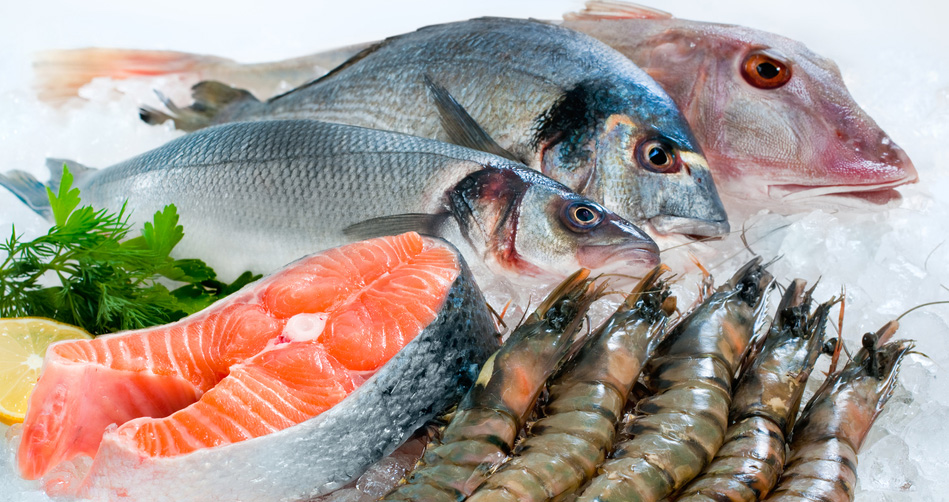
Products that interfere with iron absorption
In order not to inhibit the process of assimilation of iron, the following foods should be taken separately for food:
- Milk and any sour-milk products, as well as sesame and dried fruits. These products are famous for their high calcium content, and it already interferes with the absorption of iron.
- Anyone familiar with tart and astringent flavors? Such as persimmons, some varieties of tea, grapes and so on. They contain a substance such as tannin, which interferes with the absorption of heme iron.
- It is recommended to completely abandon alcoholic beverages, since alcohol does not reduce the percentage of digestibility, but completely destroys iron in foods that come in food.
External factors also include heat treatment of products.

Intrinsic factors
In addition to the elements that come into our food, factors that do not depend on us, but are completely controlled by the body, also influence the absorption of iron. The presence of these factors may also indicate the presence of any diseases, and not only affect the absorption of iron in both categories. The most common causes are as follows:
- Elevated levels of hemoglobin and red blood cells, especially during pregnancy, during the period of active growth of the child’s body, as well as after injuries accompanied by profuse blood loss, increase the absorption of iron.
- Also affects the level of iron stores in the body. Everything is simple here: if the body is oversaturated with this element, then the intensity of assimilation decreases, and with a low level, the absorption rate increases.
- The level of absorption is affected by drugs. And both negatively and positively. For example, dietary and drug supplements can increase iron absorption.
As for the eternal debate between vegetarians and meat eaters, one thing can be said. Studies have shown that the level of iron in the blood of people who eat meat and products of animal origin does not differ from those of people who refused such food. Moreover, many products of plant origin can fully satisfy the daily human need for iron. It is only important to learn how to cook and eat these products, combining with the right ingredients.
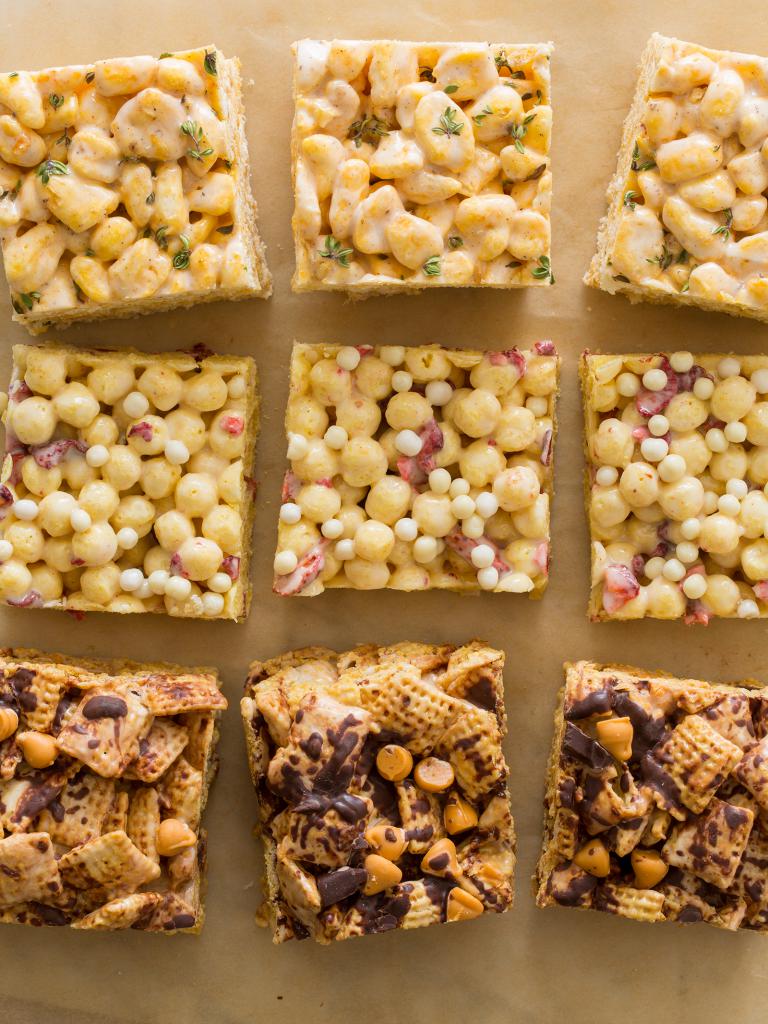
Where can I find iron?
Only a balanced diet with a sufficient level of protein, fat, carbohydrates and the necessary trace elements helps to strengthen and maintain the body's immunity and tone. From school, we all know that the first positions in the iron content are occupied by meat and seafood, as well as any products of animal origin. Now it remains to figure out what can be eaten, and what is better to leave in the past.
Which meat has more iron? Pork, chicken and beef liver, beef heart and various types of meat, from rabbit and turkey to lamb and veal. Not without fish and seafood. In the first place, mollusks are unconditionally determined, because they contain about 30 mg of iron. Next come the mussels, oysters, tuna, mackerel and black caviar.
As for other products of animal origin, you should remember about egg yolk. The leaders in iron content among plant foods are buckwheat, oatmeal, and corn. Beans such as lentils, beans, and peas also fall on this list. The answer to the question of which products contains heme iron is simple. As practice shows, to find this vital element for the body can be in absolutely any product.
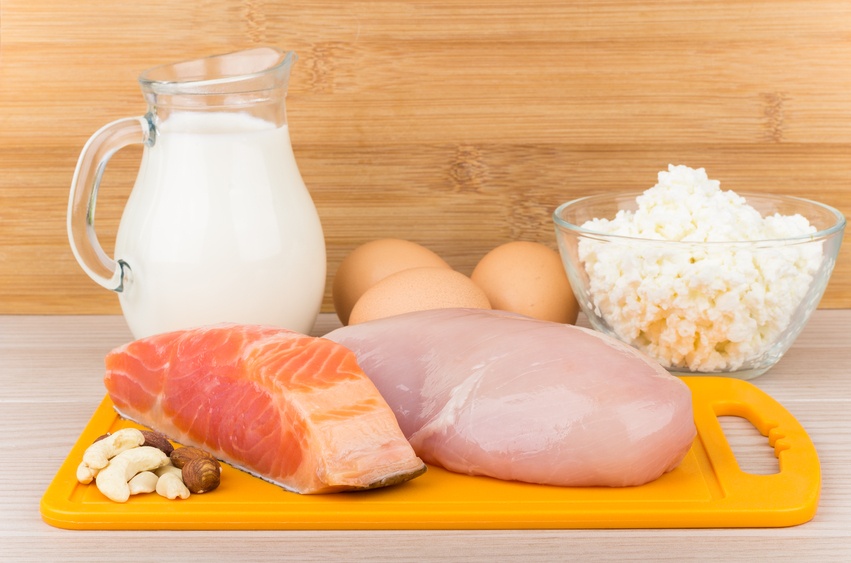
Vegetables that are rich in iron
The real salvation for vegans and vegetarians is iron-rich vegetables. A large amount of fiber and low fat content makes them the number one product for those who want to lose weight. An important factor that distinguishes vegetables from meat is that heat treatment does not affect the iron content in vegetables, it remains in the same amount. Which iron foods are the most? Jerusalem artichoke goes to the first place in terms of iron content, asparagus to the second place, the most ordinary garlic takes the honorable third place.
What fruits are considered a source of iron?
Of course, fruit is not the main source of iron, its maximum content of 2.5 mg belongs to persimmons, apples and pears. And if you recall, in the mollusks, in turn, contains about 30 mg. We must not forget about the fruits of passion fruit, dates. We must not forget about greens and seasonings. For example, bay leaf contains as much as 43 mg of iron, in spinach 13.5 mg. However, in order to satisfy the daily requirement for iron, you will have to eat a whole bag of greens.
We can conclude that the most important rule in the assimilation of heme iron is the correct combination of products. We must not forget that some foods should be consumed only separately. If you can’t fix the diet yourself, you can consult a doctor who will prescribe heme iron in tablets.